Gordon Murray knocked the Burberry socks off everyone at Pebble Beach this year when he debuted the S1 LM, a clear homage to the original McLaren F1. It makes sense that Gordon Murray would build such a machine, given that he designed the F1 himself and now has his own car company making a V12-powered, three-seater spiritual successor with the GMA T.50. You have to wonder, though: Does McLaren—which still in the supercar business, recent struggles notwithstanding—have a problem with that? Does the Woking-based company see GMA as a threat?
According to McLaren CEO Nick Collins, who spoke to The Drive at Monterey Car Week, the answer is no. He sees GMA’s work akin to Singer with the Porsche 911—celebrating the past, but not running away with a precious piece of McLaren’s history.
“Gordon’s a great guy,” Collins told us. “We spent a lot of time with him. We’ve got a lot of love for Gordon and what the team are doing there, and we love the fact that they’re celebrating McLaren’s heritage. That shows you how strong our heritage is.”
Indeed, heritage is key for supercar manufacturers. That’s why you see the likes of Lamborghini, Porsche, and Aston Martin drawing on their past with seemingly every new model they make. McLaren is different, however, in the sense that its road car journey started much later than its competitors. The record-breaking F1 was its first public offering in 1992, and should it want to draw on that legacy, it’ll inevitably be stacked against what GMA has accomplished in the last few years.
Collins doesn’t see that as a snag, saying, “I think some heritage is very relevant to a subset of people, and then in other parts of the world and to other younger consumers, it means very little. The [Lamborghini] Countach means something to those of us who are at an age where we had it as a poster on the bedroom wall. It maybe doesn’t mean anything to a 20-something in China at the moment, right? So I’m not daunted by that at all.”
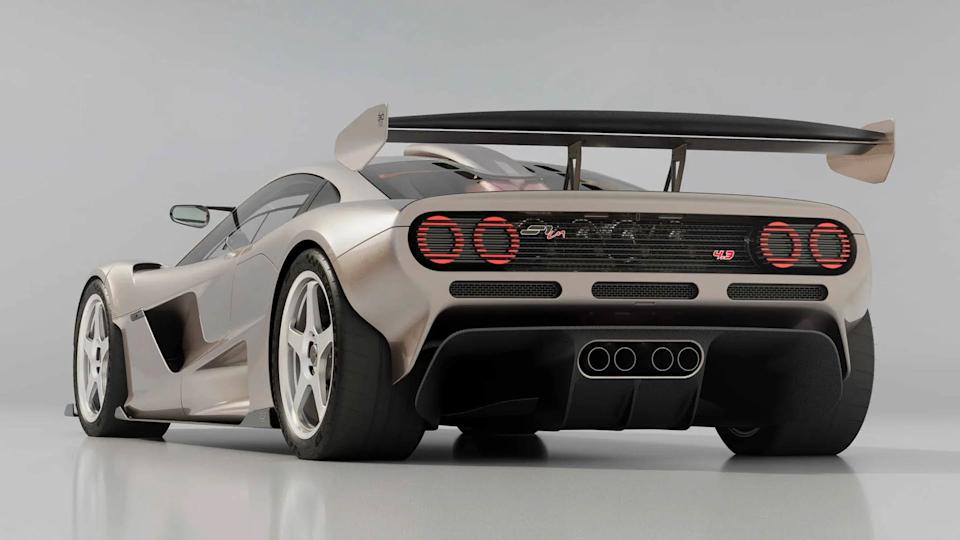
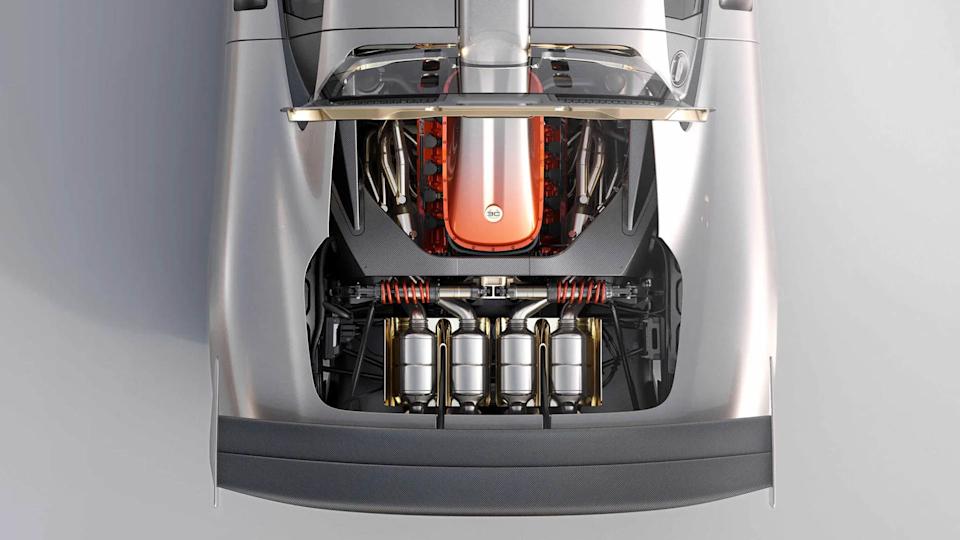
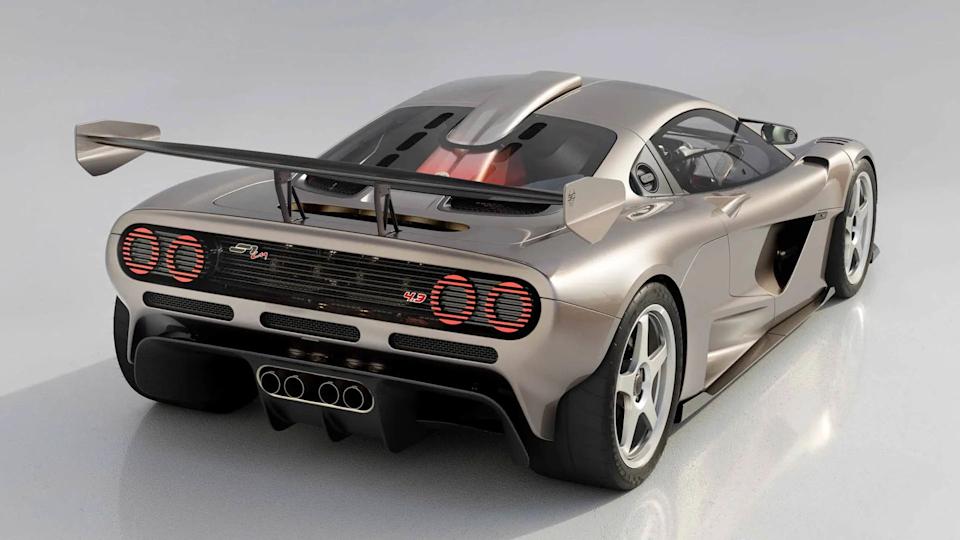
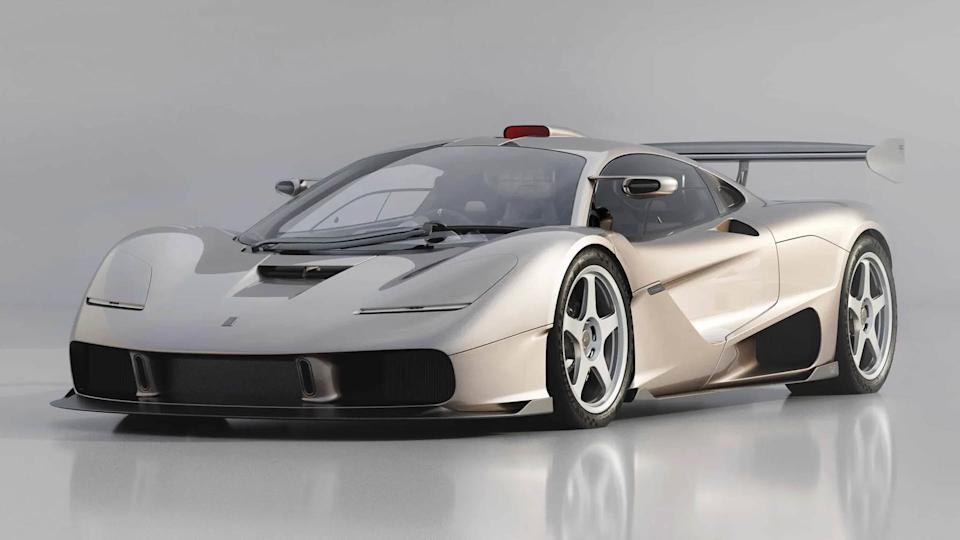
To put it another way, the F1 is McLaren’s Concorde moment, and Gordon Murray Automotive is the one most obviously building on that with the T.33, T.50, and now, the S1 LM. But Collins insists that McLaren doesn’t need to rehash the F1 to build the new technological standard in supercars.
“What was F1 when it came out? It was the pinnacle of technology at the point that it was launched. What was P1 when it came out? It was the pinnacle of technology when it was launched. What is W1 going to be? It’s going to be the pinnacle of technology when it’s launched. Each car has set a new standard.”
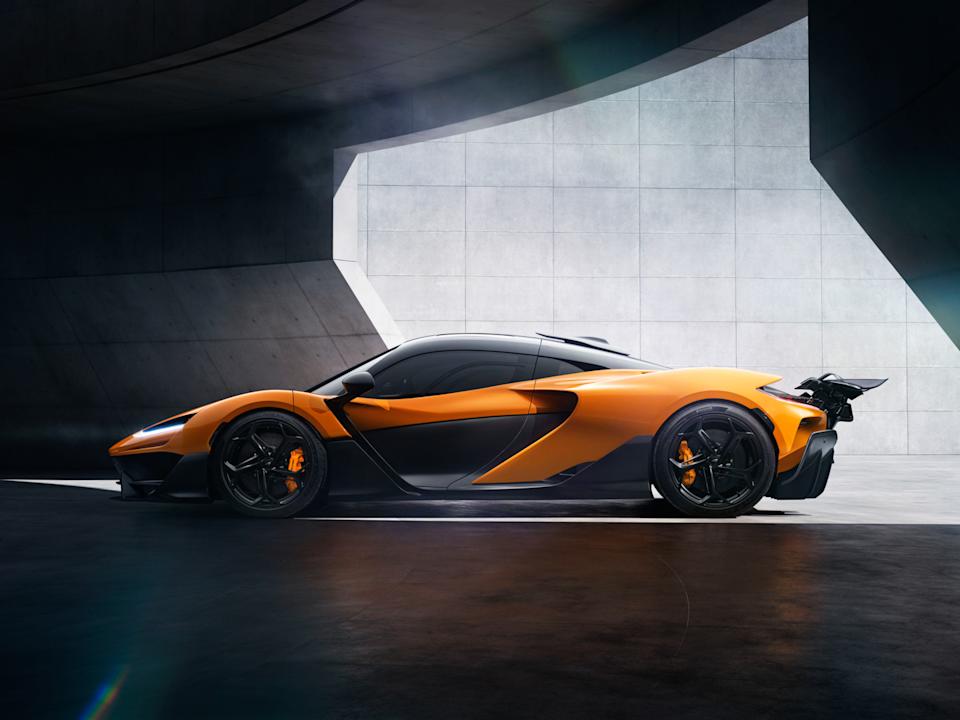
The W1, by the way, is McLaren’s forthcoming halo model that makes 1,275 horsepower. It doesn’t go 241 miles per hour like the F1 did—the top speed is limited to just 217 mph—but it accelerates a heck of a lot quicker thanks to its hybrid powertrain. The new Macca also packs some crazy active aero, which combines with arguably the most aggressive rear diffuser ever fitted to a road car to help it achieve up to 2,205 pounds of downforce. Specs and such; this car certainly has ’em.
“Why do people still love the F1? For good reason, it was and still is the fastest road car with a naturally aspirated engine, but it redefined the landscape and what it meant to be a hypercar or even sports car like that,” Collins continued. “P1 did exactly the same thing and W1 will do the same. So our heritage is ours, unmistakably ours and nobody else’s. Our heritage helps to define our future. What we are focused on is creating that future and moving forward to it.”
Got a tip or question for the author? Contact them directly: [email protected]

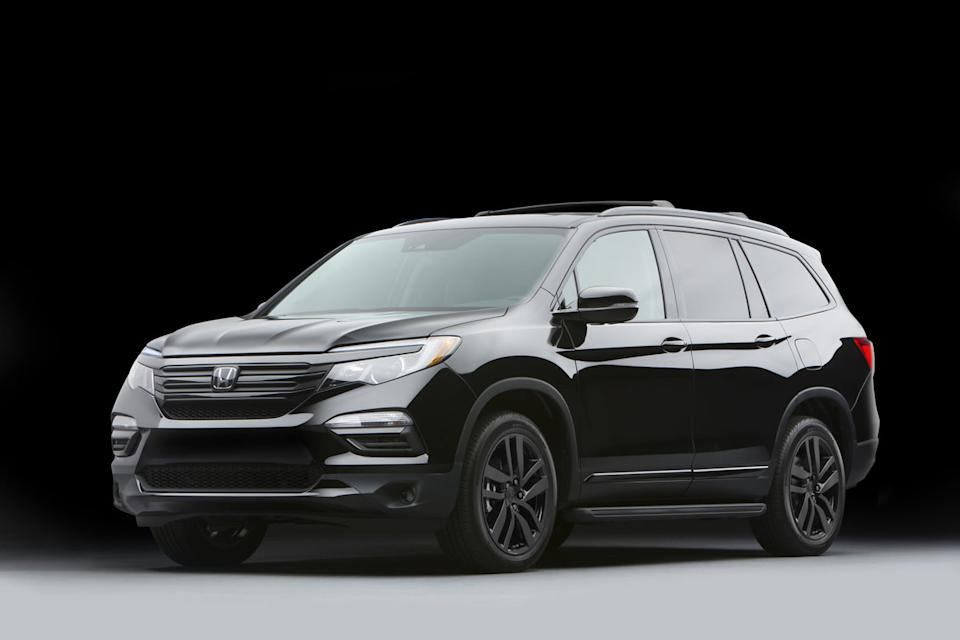
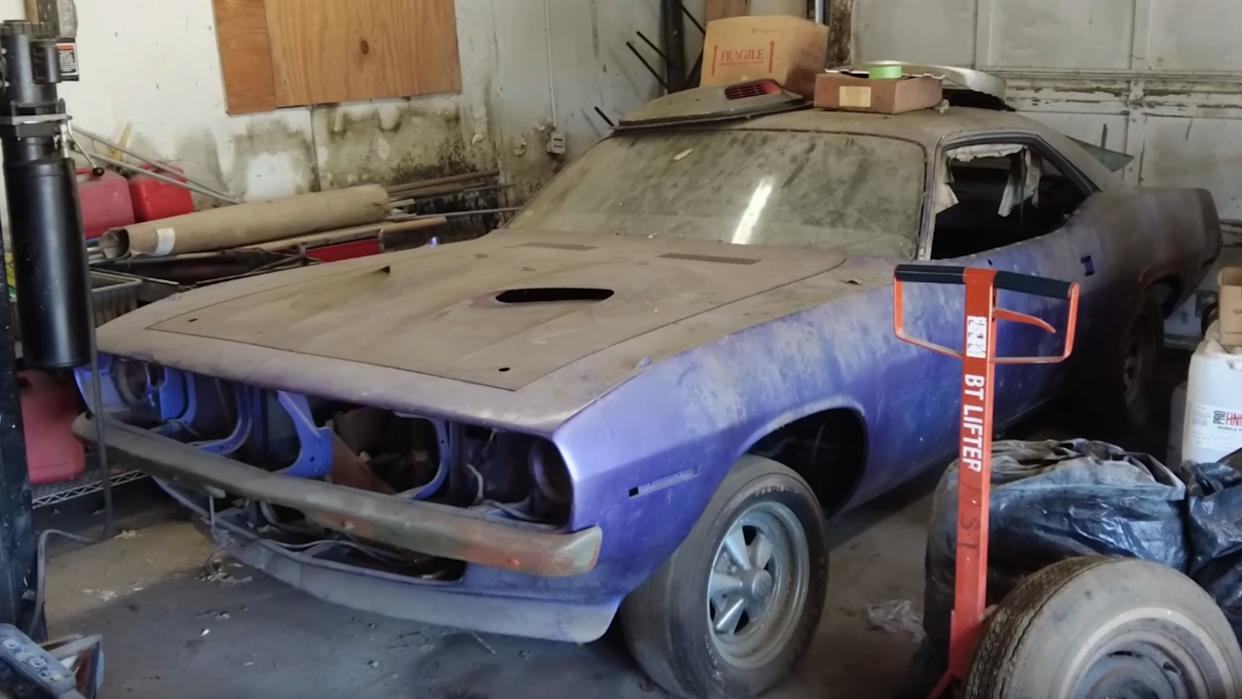
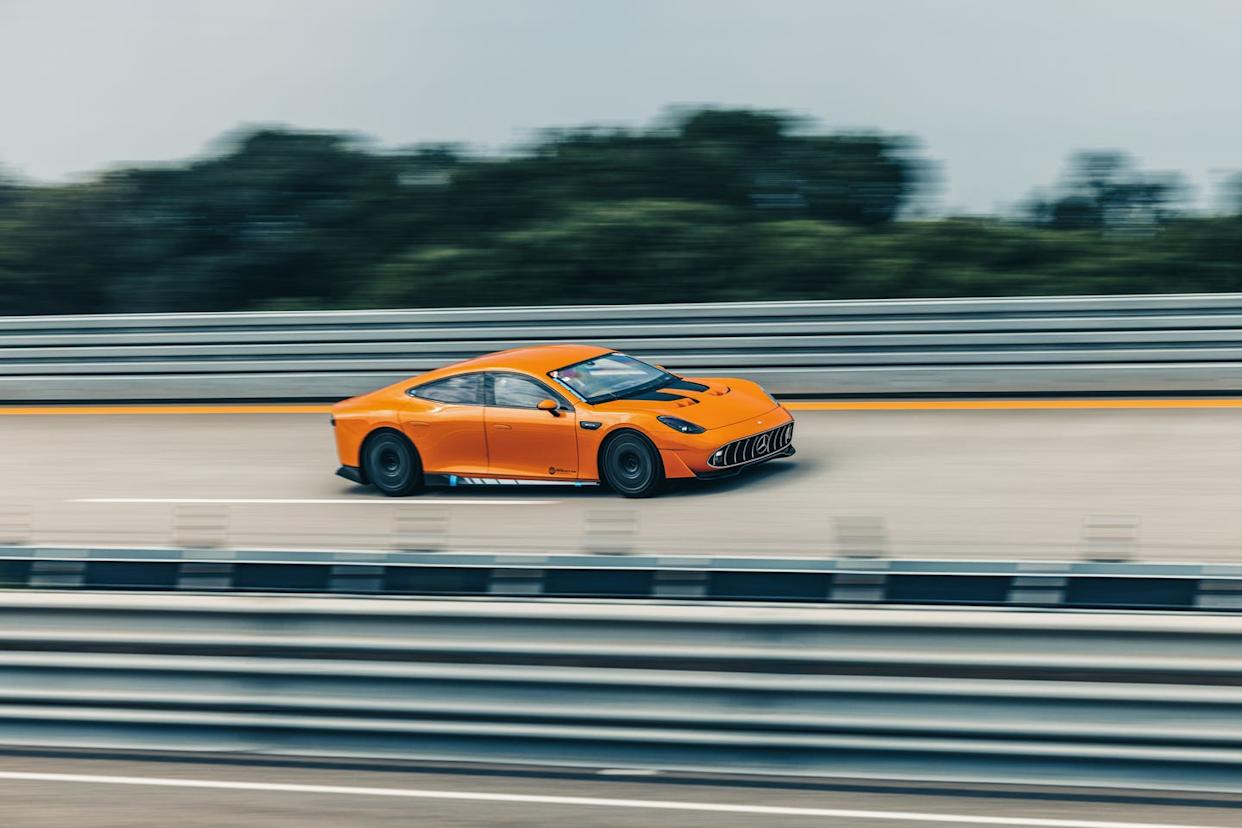
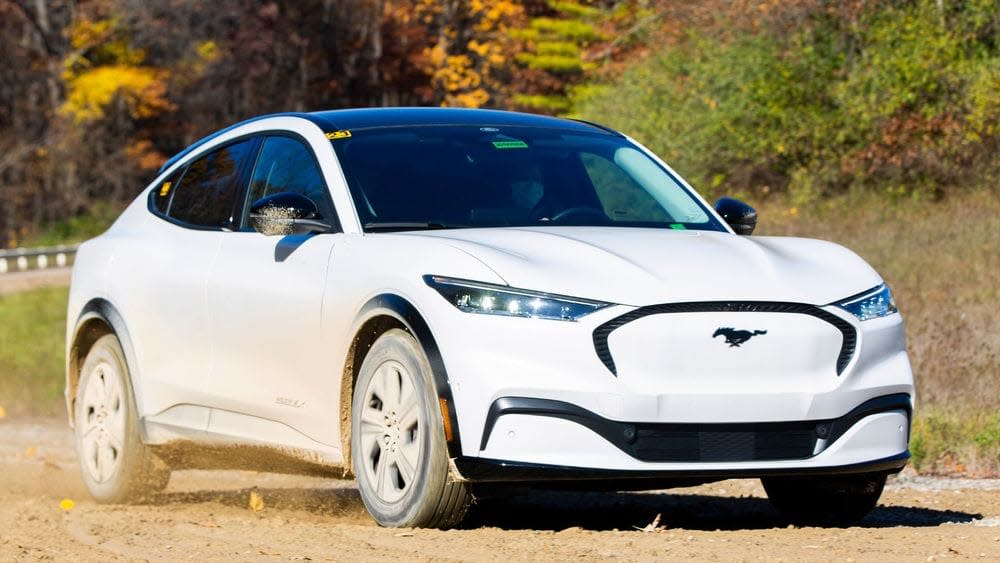

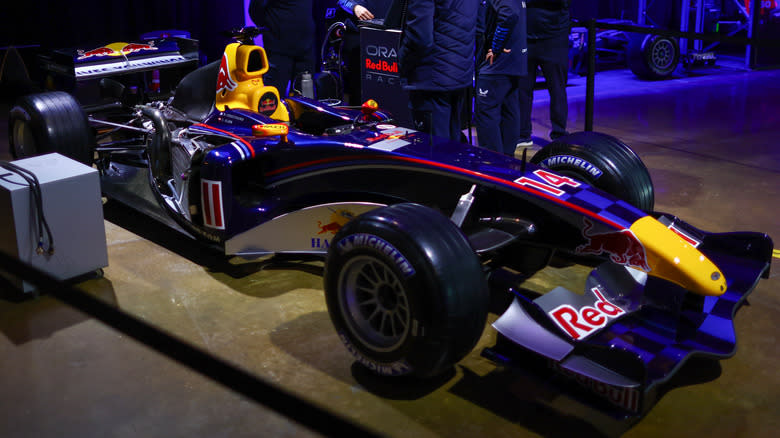
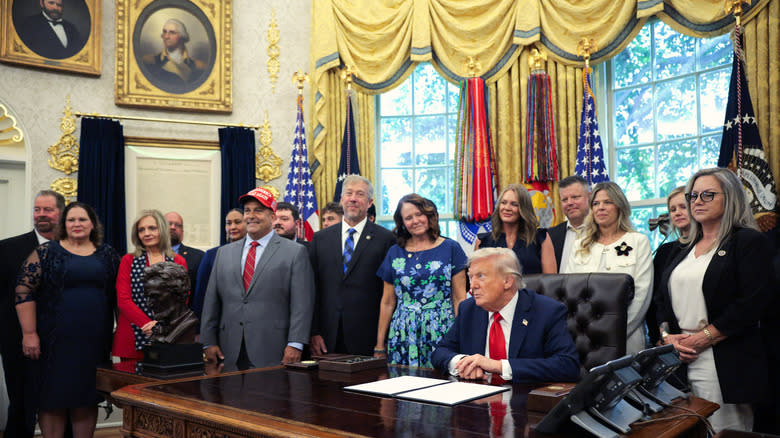
Comments